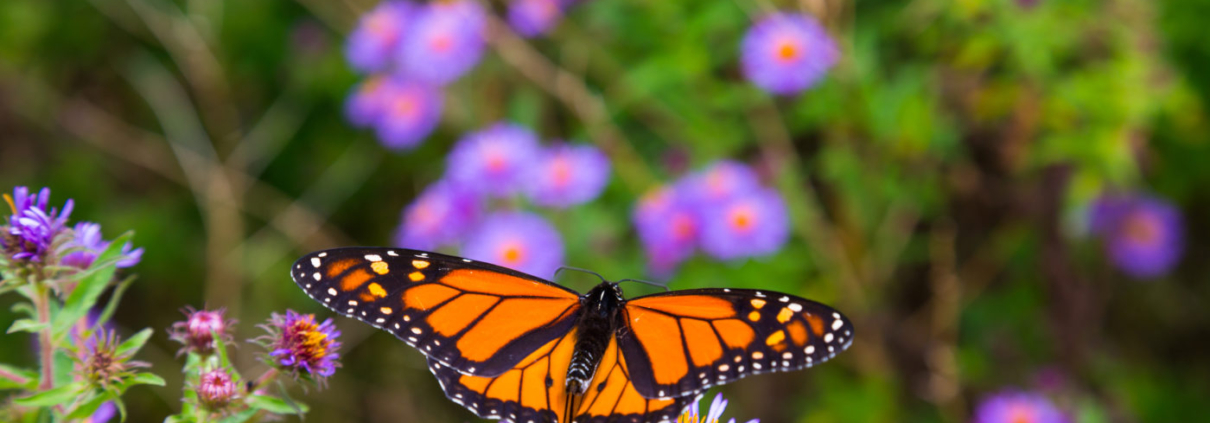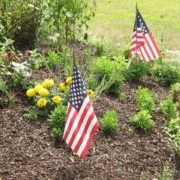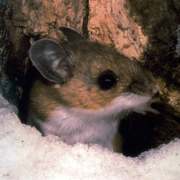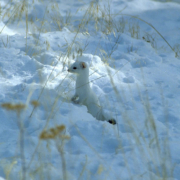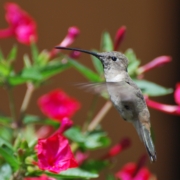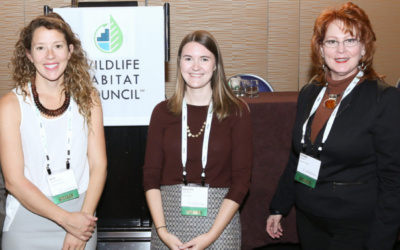Joining Forces with USFWS to Save Monarch Butterflies in the Southeast
By now you’ve likely heard that monarch butterfly populations have drastically and rapidly declined over the past several years. While approximately 1 billion of these butterflies completed their annual migration in 1996, only 30 million did so in 2014. As a result, the U.S. Fish and Wildlife Service (USFWS) is currently reviewing the species for listing under the Endangered Species Act throughout its range in the U.S.
Building upon a long-standing partnership and the recently-established USFWS Region 4 priority to protect monarchs, the USFWS reached out to Wildlife Habitat Council (WHC) in September 2014 to focus on increasing the amount of quality monarch habitat on corporate lands in the southeast U.S. The 2-year joint initiative concluded in September 2016.
To achieve the goals of the initiative, WHC coordinated with companies in the southeastern states to restore monarch habitat and educate the community about monarch conservation. The 16 participating companies created monarch habitat by planting milkweed, native warm-season grasses, and other pollinator-friendly vegetation. These plantings typically took the form of pollinator gardens or wildflower meadows. WHC also encouraged site teams to educate communities about monarchs and other pollinator species and their needs. At the culmination of the joint initiative in September 2016, the participating companies had completed 29 projects, which combined provide nearly 100 acres of quality monarch habitat.
As part of these efforts, WHC helped foster partnerships between participating companies and local organizations, who lent their expertise or hands-on assistance to help complete monarch habitat projects. WHC also succeeded in connecting a number of sites with their local USFWS field offices, whose staff were all tremendously willing to help when asked.
An additional outcome of the initiative was an event held at Research Triangle Park (RTC), a large multi-company business park in North Carolina where several WHC members are located. WHC staff joined the USFWS, Research Triangle Foundation, and several other exhibitors during National Pollinator Week 2016 for a monarch and pollinator exhibition designed to spread awareness among RTC employees about monarch conservation and the joint initiative. The event also provided opportunities for employees to connect with about 20 potential partners for restoring monarch habitat at their company’s facility. WHC is grateful to the USFWS, whose staff was instrumental and invaluable in bringing together so many local partners and helping making the event successful.
Although the joint initiative has ended and the USFWS has refocused its monarch conservation efforts in the Midwest, companies still have the opportunity to contribute to monarch conservation. You can find information about monarchs in the resources found in the WHC Knowledge Center, or contact the WHC Strategy and Planning team for one-on-one guidance on creating and monitoring monarch butterfly habitat at your site.
